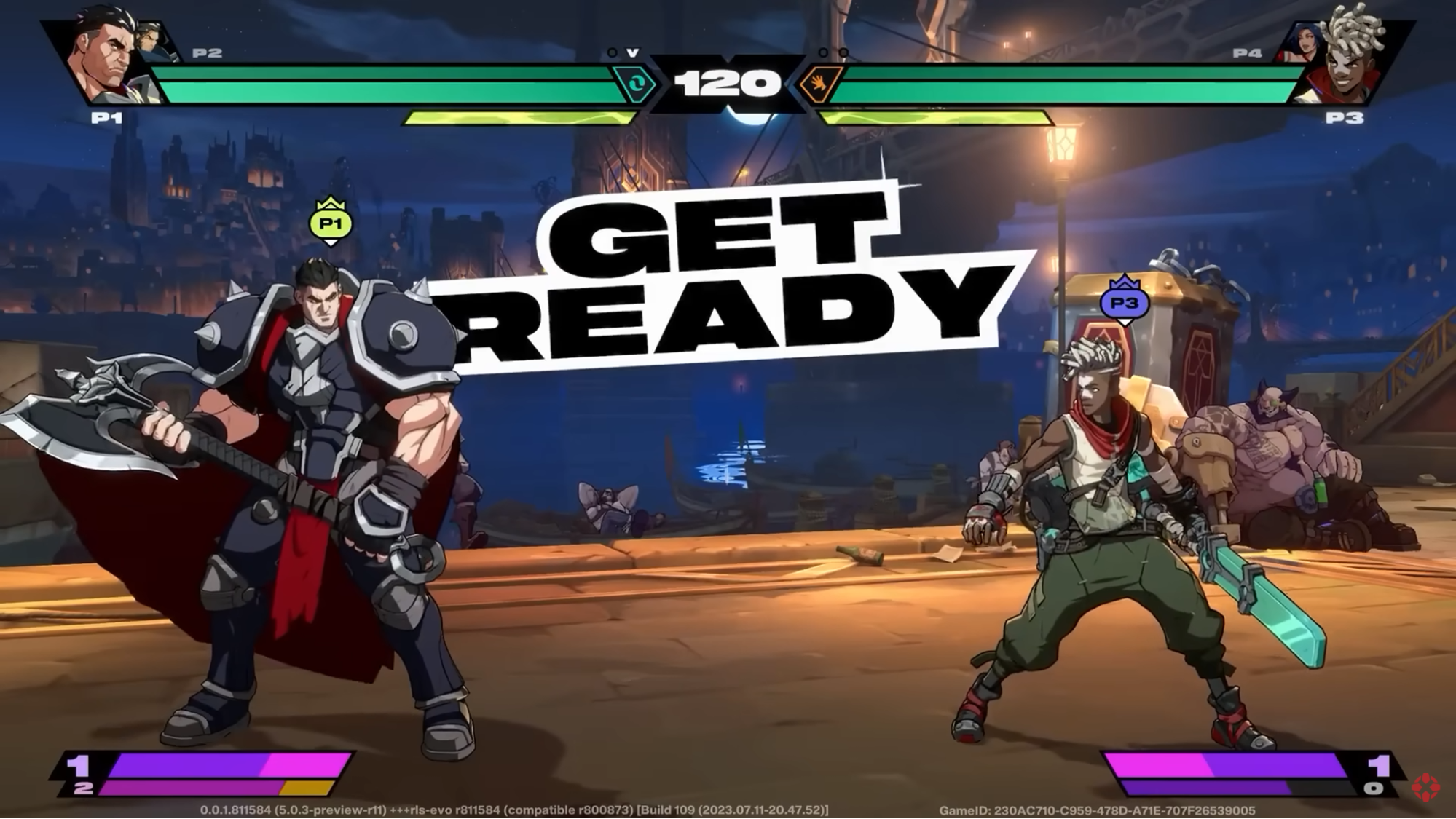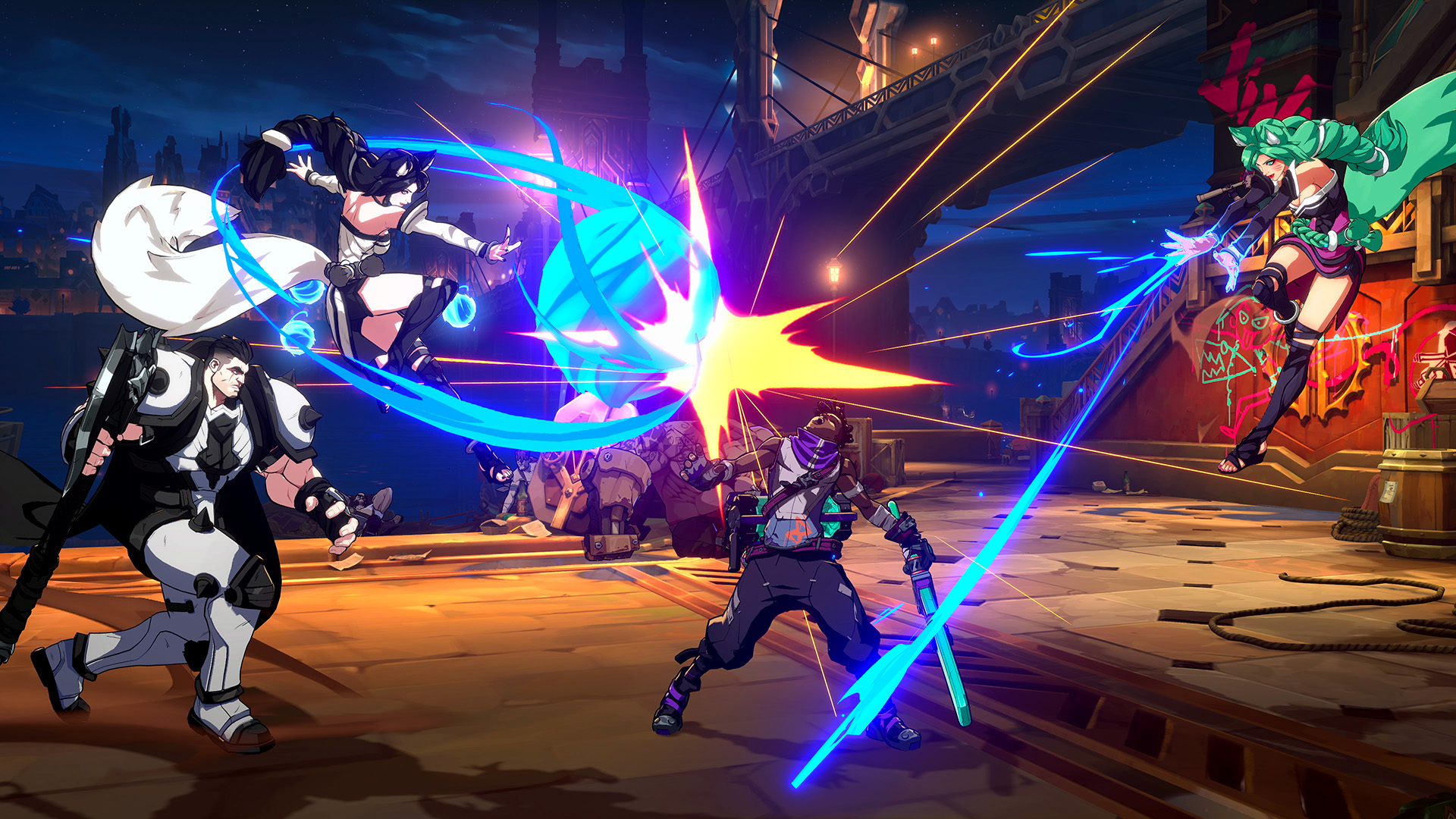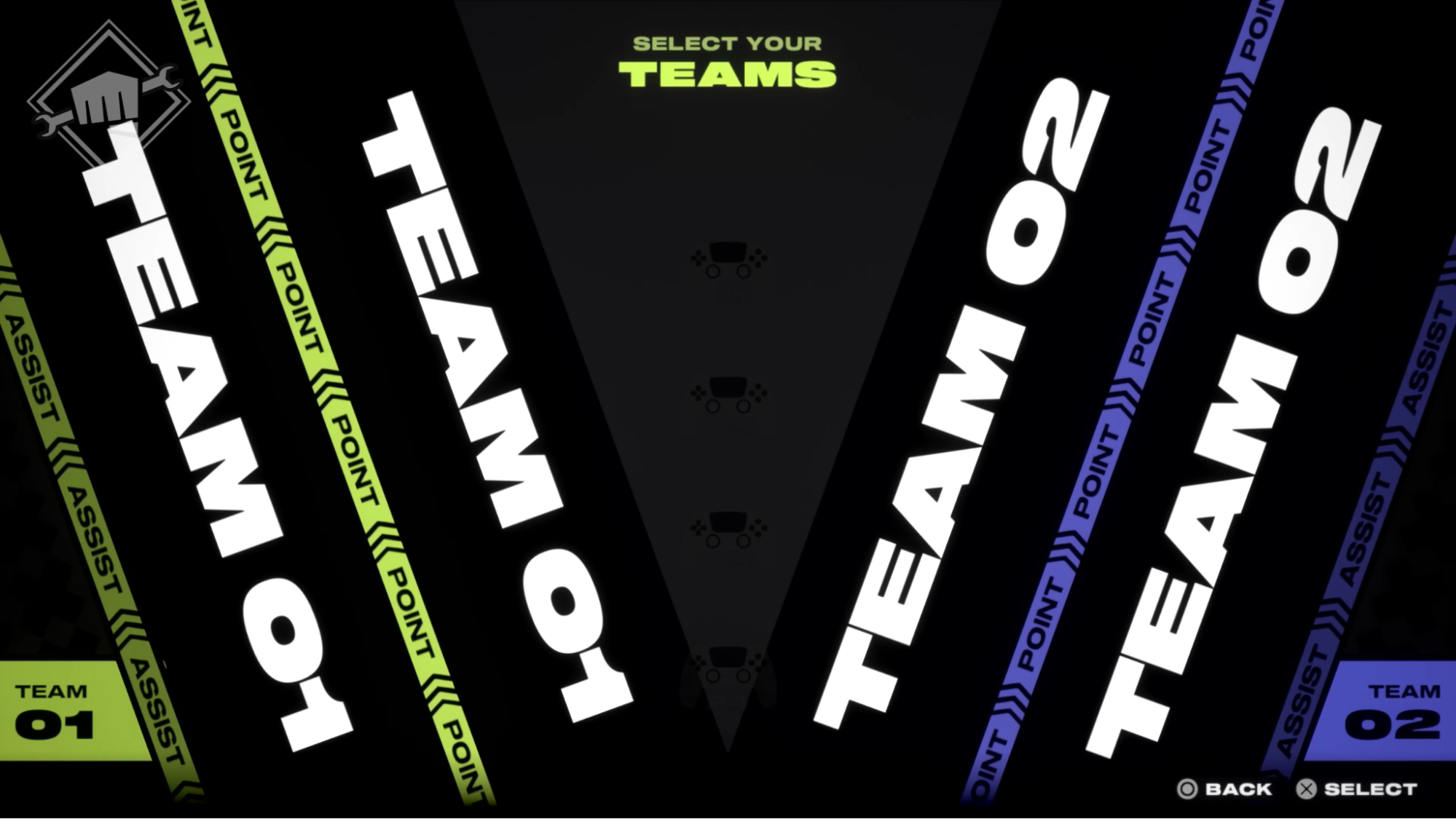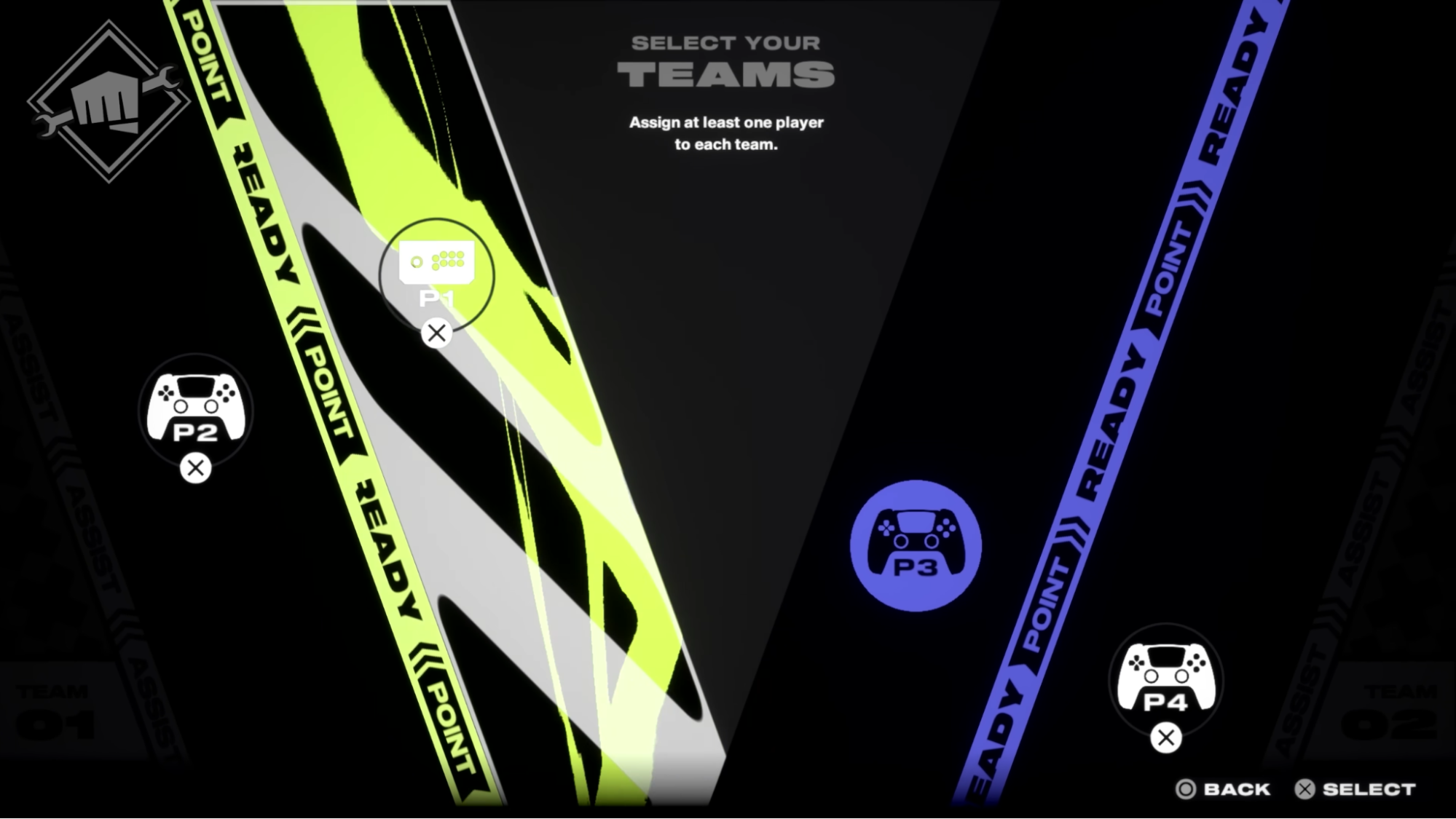What is 2XKO, the League of Legends Fighting game?
2XKO, aka the League of Legends fighting game and formerly known as “Project L” is a 2v2 team tag team fighter currently in development by Riot Games.
Riot has already confirmed 2XKO will be free-to-play, just like their other main-line titles (not counting Riot Forge).
Thus far, we have not been given any specific information on how monetization will function in 2XKO, but Riot claims: “When it comes to monetization, we promise to be respectful of both your time and your wallet.”
The most likely case will be a combination of aesthetics and being able to unlock characters from the roster more quickly.

Image via Riot Games
Although there is still no official release date, there have been playable demo sessions at EVO 2023 and the 2023 LoL Worlds event, so we’re hoping for a beta by 2024.
Easy to Learn, Hard to Master – A Great First Fighting Game
The Devs have also stated they want 2XKO to be, “easy to learn, hard to master.” They envision a game where someone with no experience can have fun right away but also emphasize how important having room for mastery and skill expression is to the team. 2XKO will feature a simplified control scheme compared to most other popular fighting games.
The simplified inputs will allow new players who have yet to develop the muscle memory for inputs to still be able to execute a champion’s normals, specials, and ultimate. So rather than doing motion inputs, you can execute specials more similarly to Smash Bros.
Gameplay-wise, 2XKO takes inspiration from a variety of established fighting game sub-genres. The team-based mechanics are most similar to Marvel vs Capcom 3 and Infinite, BlazBlue Cross Tag Battle, Skullgirls, and Power Rangers Battle for the Grid.
2XKO’s animation, combo system, and fighting mechanics are similar to popular anime fighters such as Guilty Gear Strive and BlazBlue. The Tag system is most similar to the Tag mechanisms in Power Rangers Battle for the Grid. Players who are looking to get a head start familiarizing themselves with a Tag Team Fighter before a beta version of 2XKO becomes playable should try out any of the aforementioned titles!
Gameplay Speed and Pace

Image via Riot Games
2XKO’s visuals are striking and just a few minutes of watching gameplay make it clear that 2XKO is going to be a fast-paced fighting game. The movement is fluid, the combat is quick and as with other Tag Team fighters, to excel at Project L you’ll need to be skilled at making extremely fast decisions on the fly.
The speed of the current build made playable at EVO 2023 looks to have a pace similar to Dragon Ball Fighter Z and Marvel vs Capcom 3, but a tad bit slower than each of these games. The nature of the games certainly makes 2XKOless visually cluttered when both players are popping supers. If you’ve enjoyed or spectated MvC but felt it was a bit too chaotic, 2XKO could be a great choice for you.
1v1, 2v2, and 1v2 Play Combinations

Image via Riot Games
A huge feature of 2XKO is the ability to not only play by yourself, controlling 2 characters but also be able to play with a teammate controlling the second character! 2XKO lets you play 1v1, 2v2, and 1v2.
You and a teammate can play against a single person controlling both the Point (the character that starts the fight) and Assist champion, or both teams can have two players each controlling one of the four in match champions.
While this feature is not completely new to fighting games with Tekken Tag giving gamers the ability to play 2v2 since its release in 1999, and Dragon Ball Fighter Z even features a 3v3 mode, Riot is putting a lot of emphasis on 2v2 play as a core feature of the game for both casual and competitive play.
The Team Select screen displays the player number and their input method before the start of a match (pictured below).

Image via Riot Games
2XKO’s Team Select screen gives each player the option to select their team as well as whether they are going to start the match as the Point or Assist.
In addition to the tag and assist systems, 2XKO also includes a “Fuse” system that gives you a selected ability (sort of like a League keystone). These ability effects include allowing you to use back-to-back assists, having more power when you’re at a health advantage, or using two ults at once.
Emphasis on Good Online Play (Rollback Netcode)

Image via Riot Games
One incredibly important aspect of any modern fighting game that hopes to be successful is online play. Luckily, the devs have confirmed they are, “investing big into netcode.” 2XKO will use rollback net code which has been by far the smoothest online experience for fighting current fighting games.
Rollback netcode uses an algorithm of predictions in order to provide the lowest latency between users, then “rolls back” what it says happens if it ends up being incorrect. In fighting games, combos, punishes and confirms can all be determined by single frames so minimizing latency issues is of the utmost importance.
Also in favor of 2XKO is that its networking will also be working through Riot Direct which is already in use for League of Legends. The devs have also confirmed they have been heavily considering how to deal with rage quitters, lag switchers, opponents with terrible connections, and leavers.2XKO will utilize a Leaver Penalty where netcode determines who should get the win and who should be penalized in cases of rage quitting.
They have even gone as far as to claim if their net code determines your opponents, “connection is laggy or drops packers, their experience will suffer but yours won’t.” This would be an extremely appreciated feature in a fighting game and will hopefully even set the tone for future fighting game developers.
Competitive and Pro Play

Image via Riot Games
Speaking of netcode, a strong online community lends itself to quicker development of high-level competitive and pro play. Based on Riot’s current success with esports in League of Legends and VALORANT, we can certainly expect them to place a similar emphasis on the competitive scene with 2XKO.
In the “Project L Gameplay Basics & Tag – /dev diary” Video uploaded on Riot Games’ YouTube page, the devs repeatedly mention competitive play, the FGC (Fighting Game Community), and local play.
Moreover, the Executive Producer for 2XKO is Tom Cannon (Left) who, together with his brother Tony (Right) founded the EVO championship series which to this day is by far the largest fighting game tournament every single year. The Cannon brothers also created GGPO (Good Game Peace Out) which was the first time fighting game online play became viable for classic 2D fighters.
The GGPO client was used by players running emulators for 2D fighters to be able to play each other online in games such as Super Street Fighter II Turbo, Skull Girls, and Street Fighter III 3rd Strike. Tom and Tony’s GGPO changed the state of online play for fighting games forever as GGPO featured a rollback netcode that offered a gameplay experience that was far superior to any other online option available at the time.
The takeaway here is that 2XKO’s Executive Producer, Tom Cannon, has been a staple of the development FGC for almost 3 decades. His experience and success, combined with the success of Riot’s other esports franchise all but guarantees the competitive and pro-scene success of 2XKO.
 Download APP
Download APP
